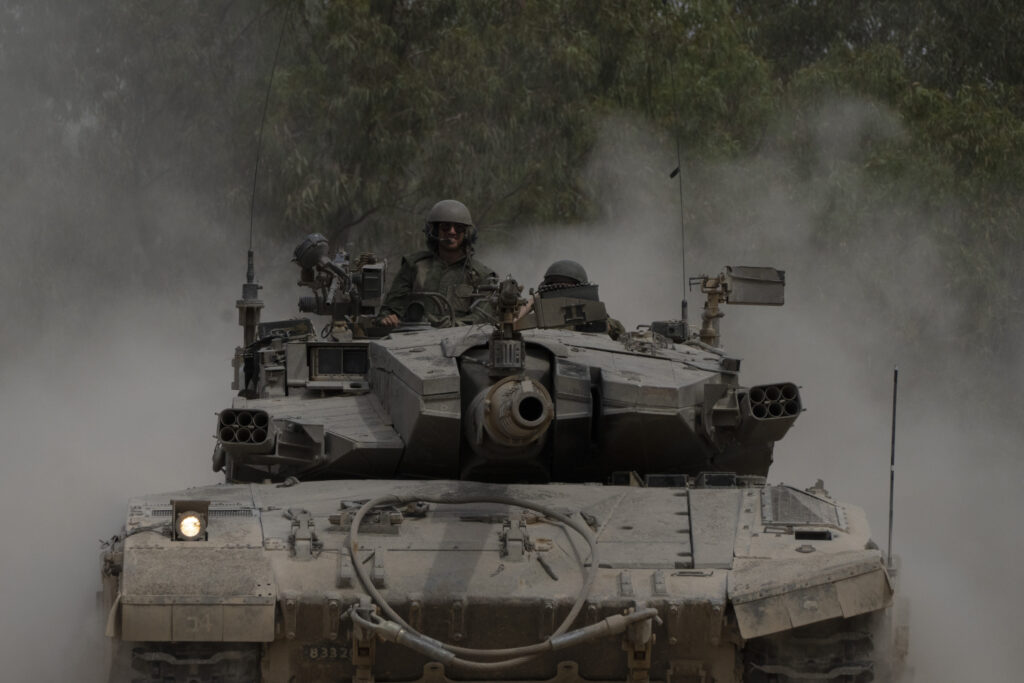In early June, Connecticut instituted a $375 million hospital tax increase, adding near-50% to its last reported hospital tax net revenue of $790 million in fiscal 2024. Mostly likely, the increase violated the One Big Beautiful Bill Act, or pre-existing federal law, or both.

The state has offered a confusing and unconvincing defense, claiming to have the approval of Center for Medicare and Medicaid Services (CMS), whose role in the matter is also suspect.

Connecticut’s June increase looks like a reversion to the state's regular abuse of its hospitals, which the Connecticut Hospital Association has described as follows “For many years, Connecticut used the tax primarily to bolster the state budget – resulting in revenue gains for the state, and overall net losses for hospitals.”
CMS was asleep at the switch concerning Connecticut’s past abuse of its hospitals. Is it turning a blind eye yet again as Connecticut employs the shakiest of rationales for its latest assault on its hospitals?















